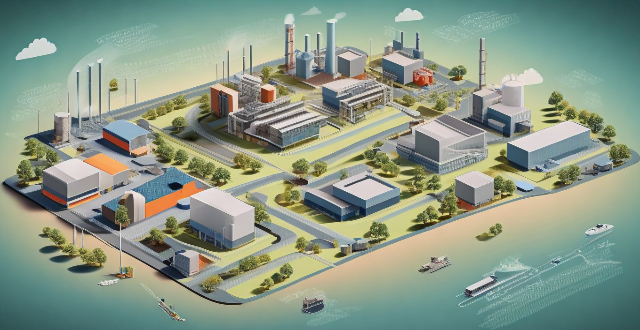Energy transition is the process of shifting from traditional, non-renewable energy sources to cleaner and more sustainable alternatives. Technology plays a pivotal role in this transition by improving efficiency, reducing costs, and enhancing the performance of renewable energy systems. Key areas where technology can make a difference include renewable energy production, energy storage, smart grids, energy efficiency, and carbon capture and utilization. Innovations in these areas promise a cleaner, more sustainable, and resilient energy future for all.

How Technology Can Accelerate Energy Transition
Introduction
Energy transition refers to the process of shifting from traditional, non-renewable energy sources towards cleaner and more sustainable alternatives. This shift is crucial for mitigating the impacts of climate change and ensuring a secure energy future. Technology plays a pivotal role in accelerating this transition by improving efficiency, reducing costs, and enhancing the performance of renewable energy systems.
Key Areas Where Technology Can Make a Difference
1. Renewable Energy Production
- Solar Power: Technological advancements in solar panels have led to increased efficiency and reduced costs, making solar power more accessible and competitive with fossil fuels.
- Wind Energy: Improved turbine designs and smarter grid integration techniques are boosting wind power's reliability and output.
- Hydroelectric Power: Innovations in hydroelectric technologies allow for smaller, more efficient turbines that can be installed in a wider range of environments.
2. Energy Storage
- Battery Technology: Advances in battery storage solutions, such as lithium-ion batteries, enable better management of variable renewable energy sources.
- Pumped Hydro Storage: Modernized pumped hydro storage facilities can store large amounts of energy generated during off-peak hours for use during peak demand periods.
3. Smart Grids
- Grid Modernization: Upgrading to smart grids allows for better integration of renewable energy sources and improves overall system efficiency.
- Demand Response Management: Using technology to manage consumer energy use based on real-time supply and demand data reduces strain on the grid and supports renewable energy sources.
4. Energy Efficiency
- Building Automation: Smart buildings equipped with automated heating, cooling, and lighting systems significantly reduce energy consumption.
- Transportation Electrification: Electric vehicles (EVs) and public transportation powered by renewable energy reduce oil dependence and cut emissions.
5. Carbon Capture and Utilization (CCU)
- Advanced CCU Technologies: New methods for capturing carbon dioxide emissions from industrial processes and converting them into useful products help reduce atmospheric concentrations of CO2.
Conclusion
Technology is not only facilitating the development and deployment of renewable energy sources but also enhancing their integration into existing infrastructures. By addressing challenges related to production, storage, distribution, and consumption of energy, technology is driving the global energy transition forward at an unprecedented pace. The ongoing innovation in these areas promises a cleaner, more sustainable, and resilient energy future for all.